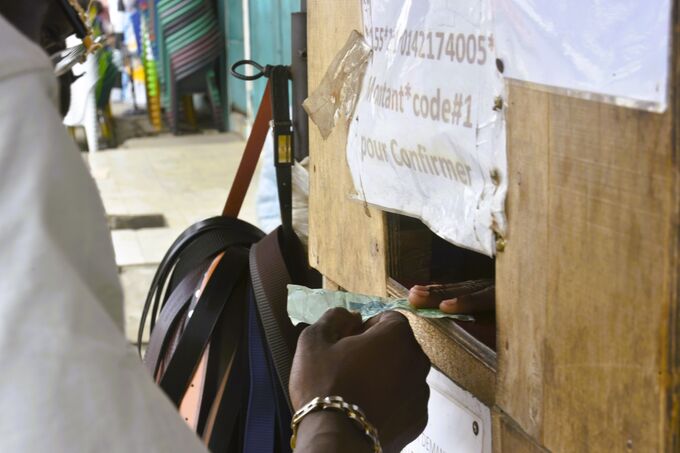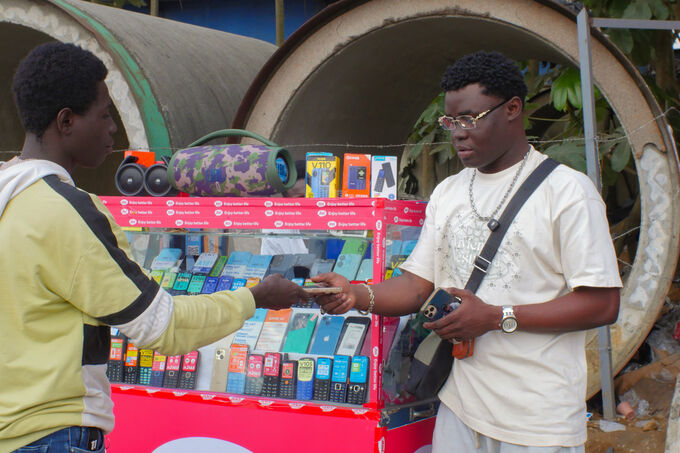
News
Travel notes from 2025 Arab Payment Week in Abu Dhabi: The future of payments in motion!
by Sabine F. Mensah, Deputy CEO - 31 January 2025
I was fortunate to attend the 2025 Arab Payment Week (APW 2025) in Abu Dhabi January 27-29. The event was organized by Buna, the Arab Regional Payments Clearing and Settlement Organization, which is owned by the Arab Monetary Fund (AMF). The event provided a great advocacy platform for policymakers, regulators, and payment system practitioners to share insights on developing and strengthening domestic and cross-border payment innovation and practices. In his opening remarks, Buna CEO Mehdi Manaa clearly articulated an inspiring vision for payments emphasizing their role in connecting diverse stakeholders. Furthermore, he highlighted the importance of balancing innovation and competition: ‘Payments hold strategic importance for governments, they are critical for businesses and vital for individuals. Ensuring safe and efficient payments requires striking the right balance between regulation and fostering free competition and innovation’. The busy three-day event inspired me in many ways. Let me share a few insights:
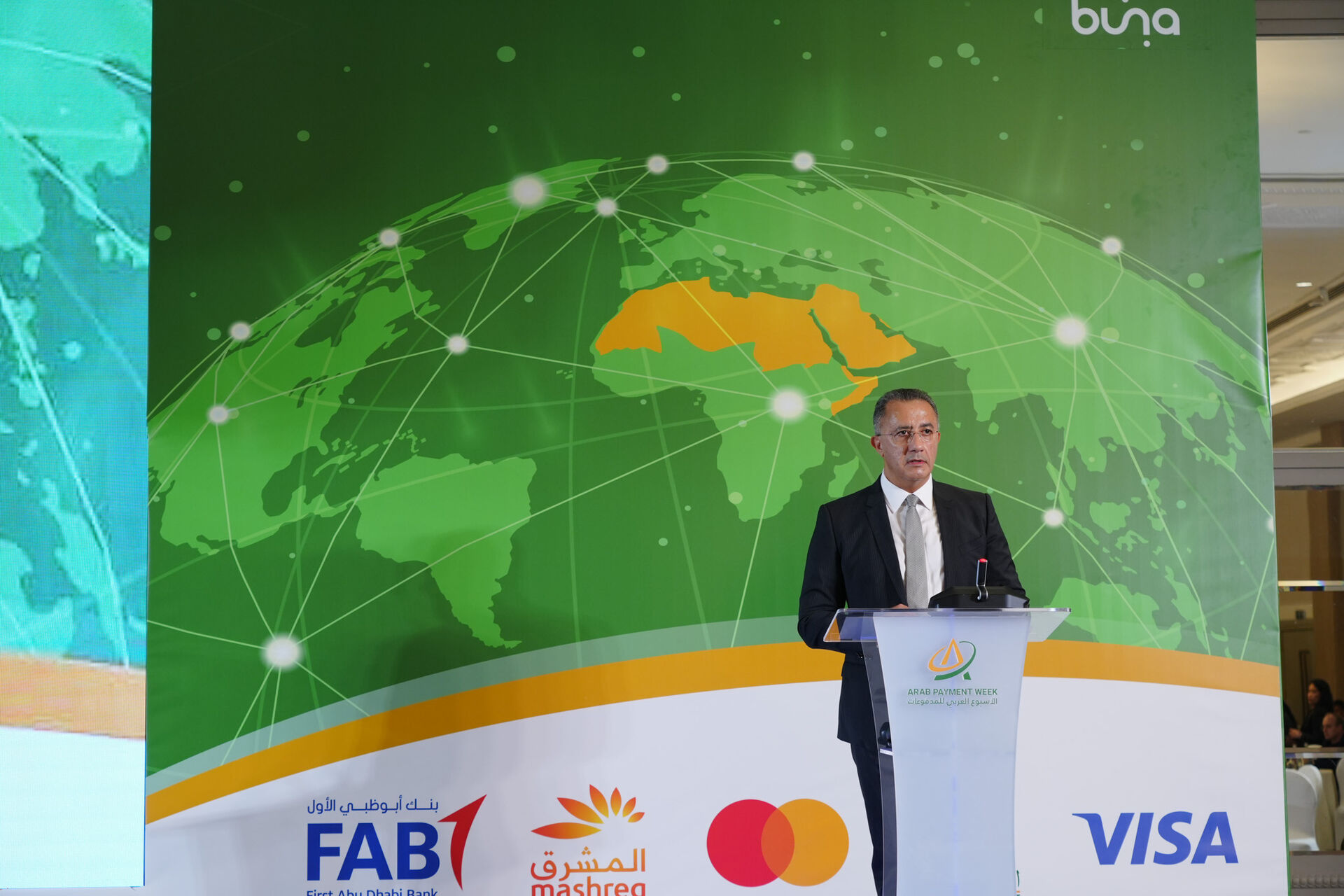
Strengthening Instant Payment Systems (IPS)
Instant payments are becoming essential for all users, with customers increasingly demanding mobile-first solutions to interact with the financial ecosystem. The first panel focused on “Instant Payments from Imagination to Norm”. It was refreshing to hear the perspectives of country infrastructure providers such as Egyptian Bank & Co (EBC), advanced developer and operator of the payment’s infrastructure in Egypt, KNET, a leading payment gateway in Kuwait and Promptay, Thailand’s Fast Payment System (FPS). While the opportunities are vast, the path to inclusive instant payments is not without its challenges. I appreciated the comments on the need for interoperability, inclusivity and building convenience for consumers while protecting them as well. With instant payment came instant fraud… Fraud unfortunately remains a key challenge across the IPS ecosystem and there is no silver bullet solution. However, I can relate to the panelists’ recommendations:
- It is essential to keep learning from the ecosystem by enabling cross-sector collaboration between banks, non-banks, regulators and standard setting bodies.
- Protecting consumers calls for investing in consumer education and awareness.
- Leveraging technology and Artificial Intelligence can help protect consumers and merchants
There was a consensus that payments should be a utility, like water or electricity, and costless like sending an email...Regarding the future of payment systems, the options included the integration of existing rails, decentralized blockchain, decentralized tokenized assets, the Internet of Things, and personalized biometric technology.
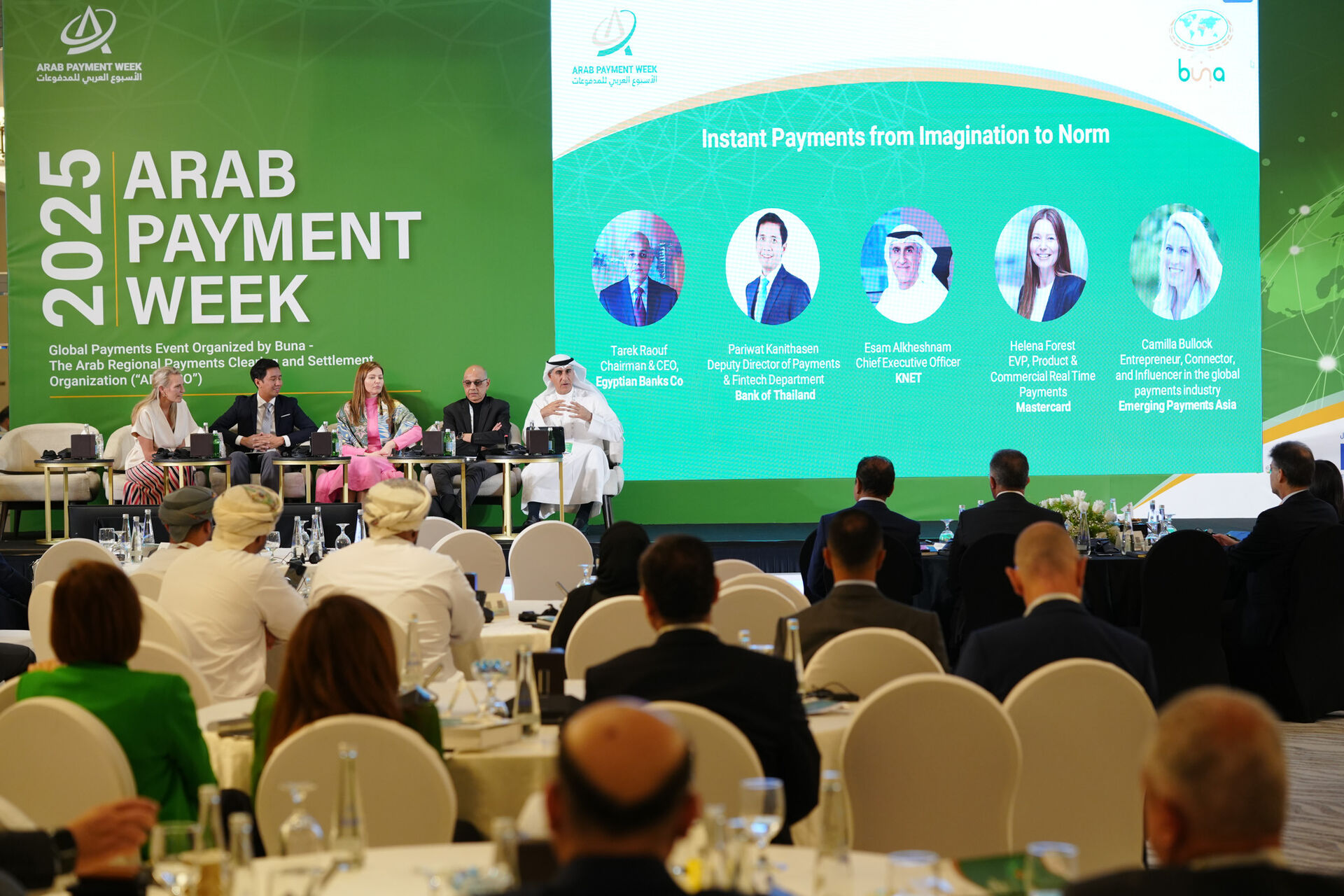
Moving on to cross border payments and interlinking of IPS
Interoperability is only one piece of the puzzle. Looking ahead, the future of cross-border payments depends on the successful integration of IPS across different markets. The pathway is not linear.
As it stands some domestic systems have taken the path of bilateral cross-border linkage of their IPS to neighboring countries to tap into cross border remittances and payment opportunities. Azleena Idris (aka AI), Senior Director & Head, Strategy & ESG Office of PayNet Malaysia really brought home the different dynamics in the ASEAN market. Payments Network Malaysia Sdn Bhd (PayNet) is the national payments network and shared central infrastructure for Malaysia’s financial markets. PayNet has bilateral cross border linkages with seven countries-all are business QRs, and one on Account-to-Account transfers. Four of these linkages are relatively mature and growing exponentially - Thailand, Singapore, Indonesia and China. Malaysia is now connected to over 15 corridors with several more underway. She observed that three crucial factors must be in place for this to happen – increased trade, rising tourist arrivals, and a thriving QR merchant ecosystem. From future growth perspective, it is interesting to note that PayNet does not express specific preference on how countries should connect. Instead, they believe the future should be defined by “one way to pay” – where a common internationally accepted standards for account-based instant payments covering technical, operational and business exist without compromising national schemes for a truly seamless cross-border customer experience. She was also quick to emphasize the need to carefully dissect the right pain points with the right contexts as they do differ greatly – wholesale vs retail cross-border payments usually defined by large value (ie high value, low volume) vs small value (low value, high volume) payments. Within the sphere of retail payments, business payments vs remittances/P2P transfers.
We also have regional cross-border and multi-currency payment systems such as Buna. Buna enables commercial banks, central banks, and other financial institutions, in the Arab region and beyond to send and receive payments, in Arab currencies as well as key international currencies. Last by not least, multilateral cross border linkages such as the ambitious project NEXUS. Nexus is a BIS Innovation Hub project working to interlink multiple IPS. “Following a successful proof-of-concept between the Eurosystem, Malaysia and Singapore in 2022, the BISIH Singapore Centre have worked with the central banks and IPS operators of Indonesia, Malaysia, the Philippines, Singapore and Thailand to evaluate the model against the reality of their IPS”. The project is expected to go live in 2027.
Regardless of the chosen pathway, cross-border payments bring their lot of complexities:
- Regulatory harmonization: according to Visa’s presentation, the cost of regulatory fragmentation is estimated at $780 billion annually driven by inconsistent AML/CFT rules (65%), different licensing requirements (5-10%), and the increasing number of countries embracing data localization measures.
- Oversight: how to collaborate efficiently to overcome oversight challenges in multi-jurisdictional setup.
- Governance: how to manage scheme rules, inclusivity, decision making, risk management in a multijurisdictional setup.
Regarding the future of interlinking IPS for cross border, the jury is still out on bilateral linkages, multilateral linkages or some sort of hybrid model. Time will tell!
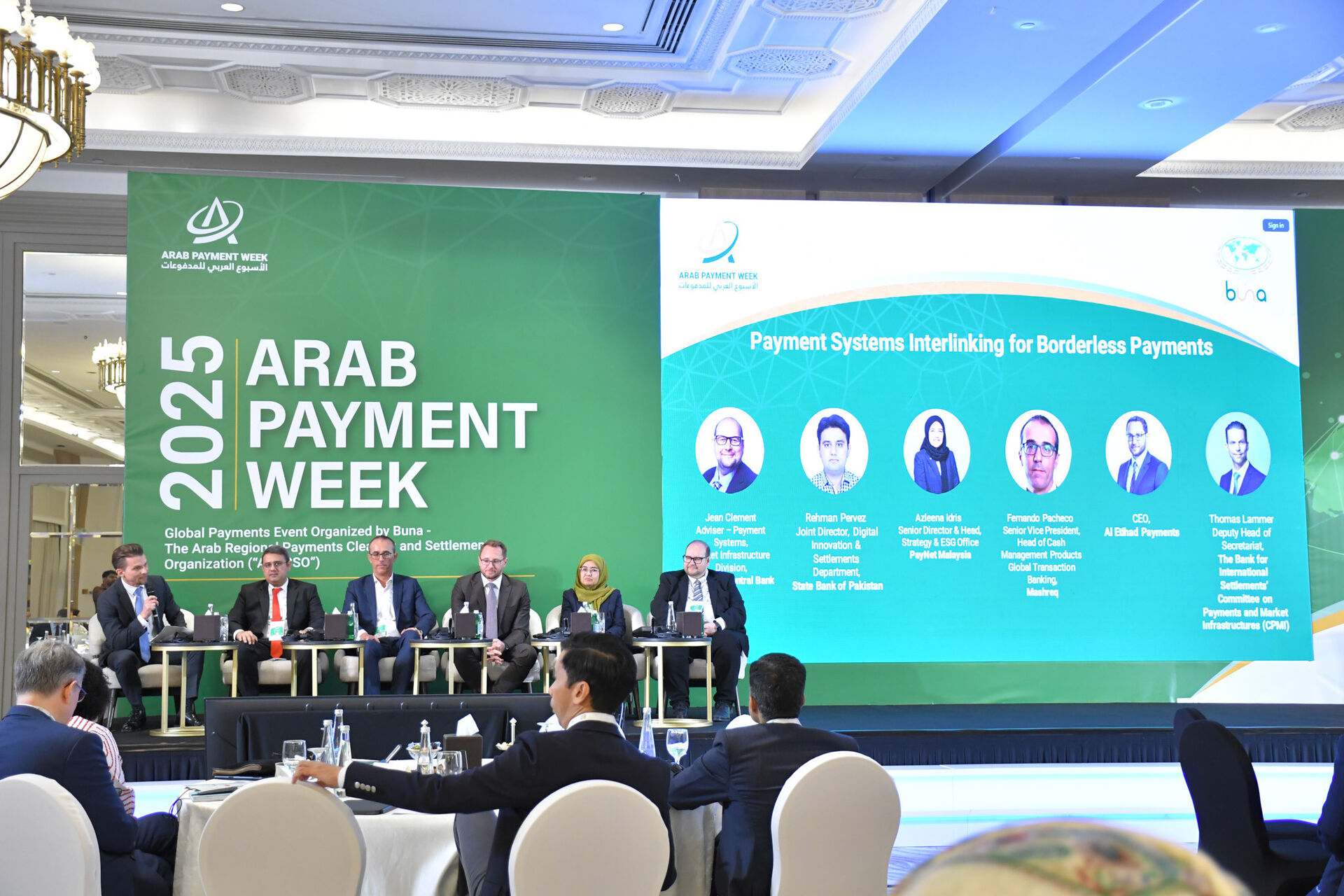
The proverbial AI debate
In the face of these challenges, technology—particularly AI—is emerging as a critical tool for streamlining operations and enhancing security.
The panel on “AI in action” brought different representatives from a central bank, a commercial bank and a technology provider. There was a consensus that AI can play a key role in streamlining payments operations, but concerns remained on the quality of data used in these models. Garbage in – garbage out... The better the data, the better the model.
Some of the best use cases for AI in payments were mentioned:
- Machine learning and AI in sanction screening particularly in instant payments,
- AI to improve fraud detection,
- AI for greater customization / personalization for customers,
- AI for liquidity forecasting, to name a few.
The perspective of the Central Bank of Jordan representative on the need for strong governance frameworks to drive the ethical use of AI for the financial sector resonated well. Yet, we are barely scratching AI’s potential as of now. It is critical for the ecosystem to take the time to learn, focus on collaboration and social advocacy on the market, and invest in awareness and knowledge sharing. With regards to the future on AI, I appreciate the closing of the representative from Oracle who stressed the need for each organization to identify early on its ambitions and positioning on a spectrum of: AI augmented organization, AI native organization or an AI only organization.
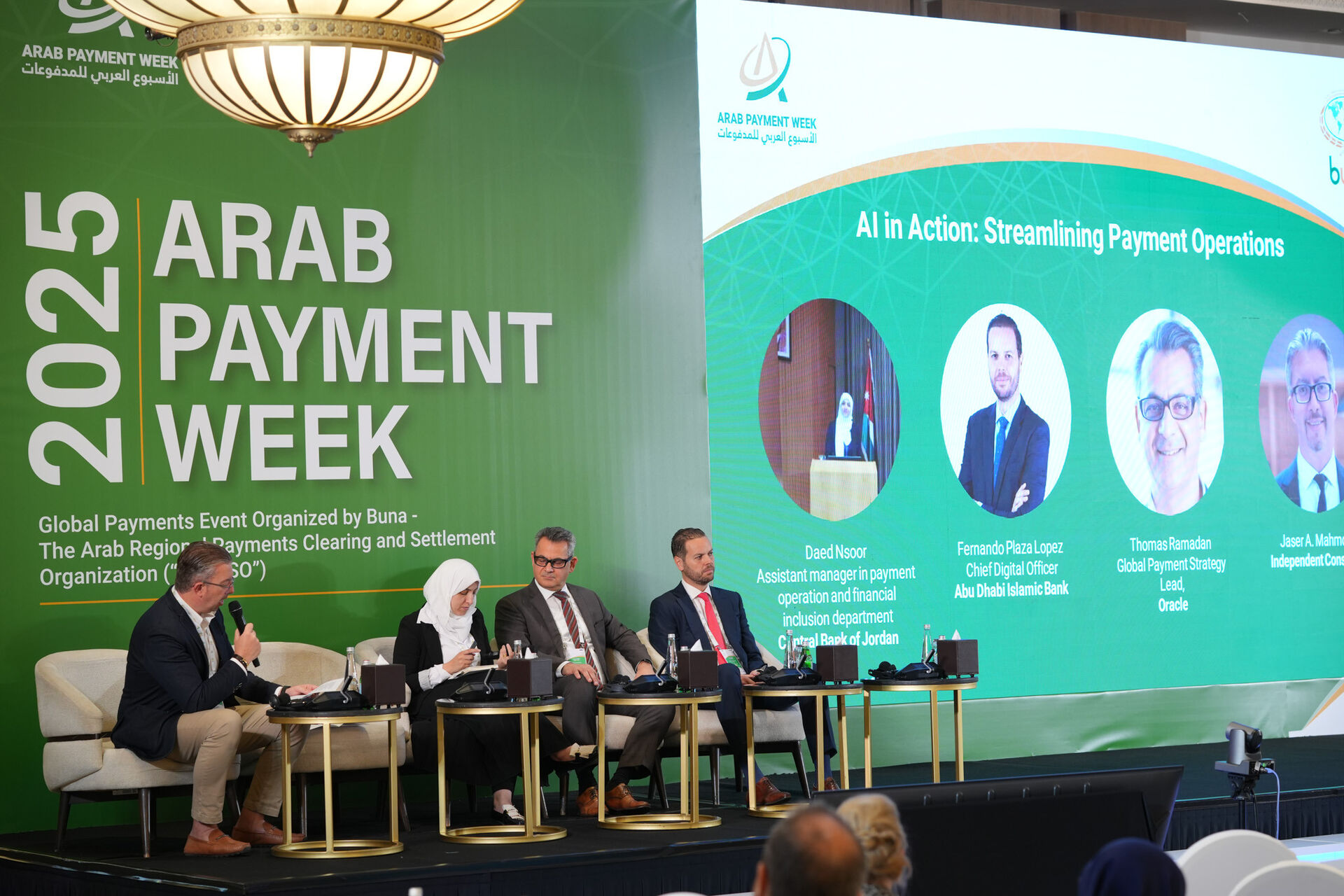
Making Worker Remittances More Inclusive
On day 2 of the event, I had the opportunity to moderate a panel on making workers remittances more inclusive. It comes as no surprise that remittance is a personal for me as I have walked and continue to walk in the shoes of a migrant. In the last 25 years, I have lived in six countries on 3 different continents. Wherever I went, I was always sending money to my mother in Burkina Faso. With my panellists’ support, I took on the role of representing the customer’s perspective in the discussion, anchoring our conversation around the fact that, at the end of the day, it is all about solving for the customer first, sender and receiver alike: for me that meant instant, trust, affordable and convenient. For my mother on the receiving end, it meant instant (from the time I sent the money to the time she receives it in Burkina Faso in her hands), convenient (wherever she is, in full, available funds for her to immediately spend – no restrictions). The panellists brought their best game forward addressing challenges such as speed, cost, convenience and trust. There were several recommendations to make workers’ remittances more inclusive such as:
- Sharing information and investing in consumer education and awareness
- Improving customer protection framework and recourse mechanism
- Leveraging AI for fraud detection and automate education and awareness channels
- Developing more remittance- linked financial services
- Enabling regulation for remittances to incentive customer transition from cash to digital remittances
Mehdi Manaa, CEO of Buna, on a podcast recently said that “Technology is an enabler; the hard thing is to get the right people in the room”. The APW 2025 certainly achieved that, bringing together leaders committed to shaping the future of payments. As the industry moves forward, collaboration between regulators, standard setting bodies, financial institutions (banks, non-banks), and technology providers will be key to unlocking the full potential of Inclusive Instant Payments Systems (IIPS).


